Featured 2

The Lahore Resolution also called Pakistan resolution or declaration of independence of Pakistan, was presented by A. K. Fazlul Huq, the Prime Minister of Bengal. It was a formal political statement adopted by the All-India Muslim League on the occasion of its three-day general session in Lahore on 22–24 March 1940. The resolution called for independent states. (courtesy: Wikipedia)
1971 was a period of many transitions and a few conclusions as well. It was based on an inter-section of class and territory, both internally and externally. Pakistan itself was a state which didn't qualify as one and could be sustained only as a military run construct. It was not so much a state as a peri-colonial military structure but without a reliable colonial governance mechanism. Its loyalties in East Pakistan had to be bought with goodies or promises which were not long term. But little evidence that it was qualified to be called a state exists as Pakistan stood in 1947.
Pakistan was politically never imagined as centrally unified in its history. Two Pakistans - East and West - had two very different concepts and different histories from which it sprung. The Aligarh movement in North India which inspired West Pakistan was similar to the Young Bengal movement based on paid collaborators like Raja Ram Mohon and Syed Ahmed Khan. In Bengal, there was a lobby, the aspirant elite who knew that the support they could get from the colonisers was limited so they competed with the established elite. Because they could leverage that support from the very robust peasant movement they gained rapidly.
Peasants and elite
Peasant resistance in Bengal was produced by its historical alliance with the ousted Mughal-promoted rural middle class like the religious mendicants - Fakirs and Sannyasins - as well as the feudal rent collectors like the Shah community of Bengal. Even local Bengali/Hindu rent collectors resisted the British initially but after the Permanent Settlement of 1793, Hindu participation in rebellion almost disappeared as they gained in both urban Kolkata and rural Bengal level. As prime beneficiaries of colonialism, they had no interest in resistance leaving the Hindu peasants without any champions to promote their cause.
What historians often ignore is that although there was no hostility among the poor peasantry - Hindu and Muslims - they were two separate faith communities as the Fakir-Sannyasin nomenclature shows. It intensified after 1793 as most zamindars were from the much better off Hindu community and the Faraizis targeted them as enemies and in the process made it into an exclusivist movement further cementing the role of one as a resistant community and the other as a compliant community. It also enhanced social division.
By 1857, the Muslims of North India exerted themselves - the aristocracy - and with soldiers who were mostly from the peasantry resisted the British. The British reacted by trying to ensure better job opportunities for them and actively promoted the Muslims, the new aspirants and competitors as elite. It was from them then on that an all Indian politics was shaped into two hostile groups, the established and the aspirant elites, from two different faith communities.
In Bengal, the British were more concerned about the peasantry than the collaborator middle whose loyalty was assured. So the number of laws and reforms starting from the 19th century began. In 1799, they enacted harsh laws giving zamindars rights to appropriate taxes from the peasants by any means. But the zamindars were terrible estate managers forcing the British to enact the Pattani law in 1811 which established the intermediaries in tax collection. This saved the colonial rural taxation system from collapse but in the process created colonialism's nemesis in Bengal.
It's this new class who gave peasantry leadership both in and out of resistance as the old elite and urban ones slow trained off to collaboration. But the peasantry just kept exerting and pushing that forced the British to give in to their demands and make sure society was as resistance free as possible.
East Bengal to East Pakistan to Bangladesh
East Bengal of 1905 largely represented the character that emerged as Bangladesh. It was anti-feudal, peasantry driven, Muslim dominated resisting people within whom also lay an opportunist class. The British had many reasons to create Partition of Bengal but three main ones were: A. reducing the power of the Kolkata babu class. B. Pleasing the emerging babu class of Bengali Muslims. C. Appeasing the peasantry including the middle peasantry.
They were not too worried about the babus of any shape as they looked upon the British for favours. However, the rebellious peasantry was another matter. Yet interestingly, they underestimated the power of the Kolkata babus who mounted the Swadeshi movement and succeeded in ending East Bengal in 1911.
But then babus underestimated the power of the peasantry as well because these supporters of East Bengal, majority in demography had found in the new province, their sub-state. The imagination of liberation was far more practical in a state of their own. And between 1905 and 1911, there were many clashes and the peasantry's capacity for violence was never in doubt. Basically, after 1905, British rule began to end and a new phase began including the long birthing process of Bangladesh.
In 1937, the first election was held albeit with a limited franchise but the votes showed what the trend was. Bengal Muslim League and Krishak Proja Party won most votes and formed the government. In 1940 at a meeting of All India Muslim League at Lahore the Pakistan Resolution was taken. It spoke of Independent West and East Pakistan. Even "states" were mentioned.
It was on the basis of this resolution that politics progressed in Bengal and it was again on the basis of this fact that the elections of 1946 was held and BML swept all away.
Problems began after 1946 when Jinnah at the Delhi Legislators conference changed the Resolution's key part on independence and made it a centralized, unified Pakistan. That was in 1946 and before that One Pakistan was nowhere in existence except maybe in Jinnah's own mind. It's not found in documents and facts.
Between 1940 and 1946, many BML affiliated organizations held meetings and developed plans for an independent state. Abul Hashim even wrote an article on the topic. It was never contested by anyone including Jinnah. In 1946, came the sudden amendment.
However, BML under Abul Hashim returned to Kolkata and began the United Bengal Movement, the first state of Bengalis in which Bengal Congress also joined. Jinnah supported this so if Pakistan was always one state, how did he end up supporting an independent state? Obviously, the independence state was an issue right then. The UBM was killed by Nehru because AIML supported it led by Jinnah but that Bengal which became Bangladesh didn't want to be either India or Pakistan was obvious and factual.
The bullock cart to Bangladesh
By the time UBM failed and Bengal Congress proposal Partition of Bengal, Jinnah's edited version of Pakistan stood. But this was before the official birth of Pakistan BML activists had formed the "Inner Group" a clandestine outfit dedicated to work for Bangladesh. Ending Pakistan of Jinnah began even before Jinnah's Pakistan was formally born. One of the leading lights of this group, the man they expected to head the independent state was Sk. Mujibur Rahman.
Given this historical background, when were Bangladeshis ever Pakistanis? They had been resisting Pakistan from even before its birth. The peasantry never had reason to support it and the middle by 1948 had become involved in the economistic movement in the form of the Urdu-Bangla state language issue.
By 1954, Pakistan Intelligence was already sacking the United Front Government on the ground that they were threatening to become "independent". A similar threat was repeated by Bhashani in 1957 and by 1958 many groups were actively working for independence. By 1962 Sk. Mujib was discussing it with the Communist party of BD and even went to India with the help of the Inner group in 1962. By 1966 March, the 6 points was declared which wanted the implementation of the Lahore resolution.
The attempt to scuttle the 6 points through the Agartala case failed in the face of popular resistance and in 1970, the AL won the elections on the basis of its 6 points. In the post election scenario, everything was focused on diluting the 6 points though the army had decided to crack down immediately after the elections. And this was followed by the crackdown of March 1971.
Historically, there is no phase where Pakistan of Jinnah ever existed. It was a non-existent reality which ended with a bloody realization by the Pakistanis at a huge price of humiliation. Yahya Khan has done much better. It has lasted double the number of years that Jinnah's Pakistan did.
Bangladesh was not born out of Pakistan as it never existed. Bangladesh was its own objective that began its final run up as a state in 1905 and was completed in 1971 despite India and Pakistan's efforts to cut, edit or end it. It has to narrate its own journey in history not borrow it from other histories.









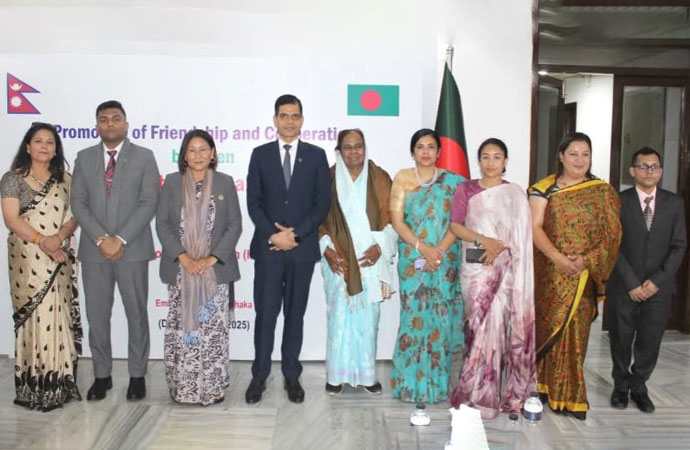



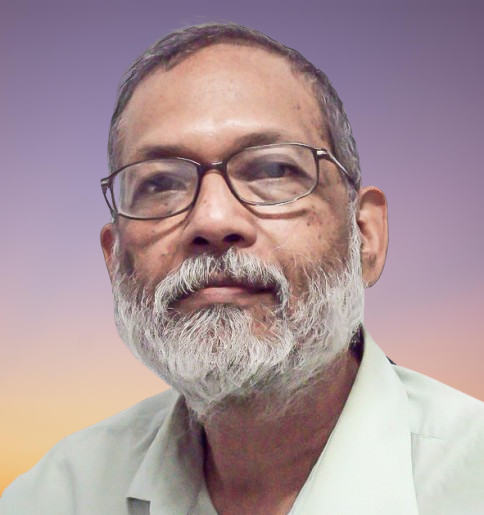







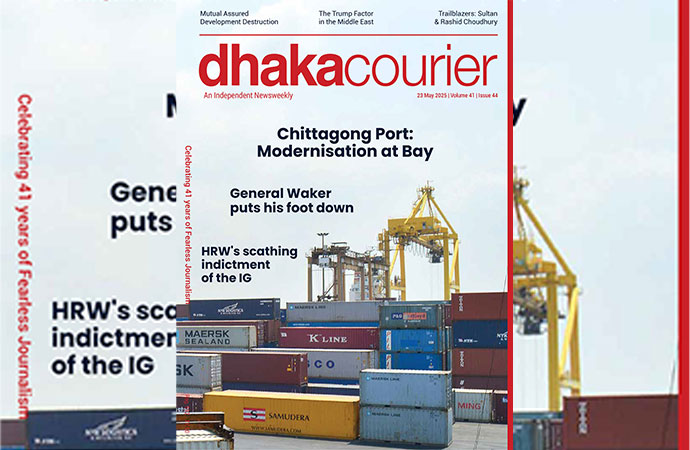
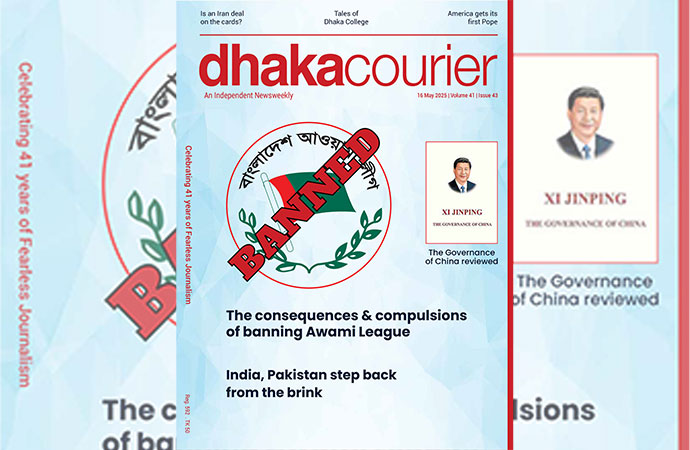
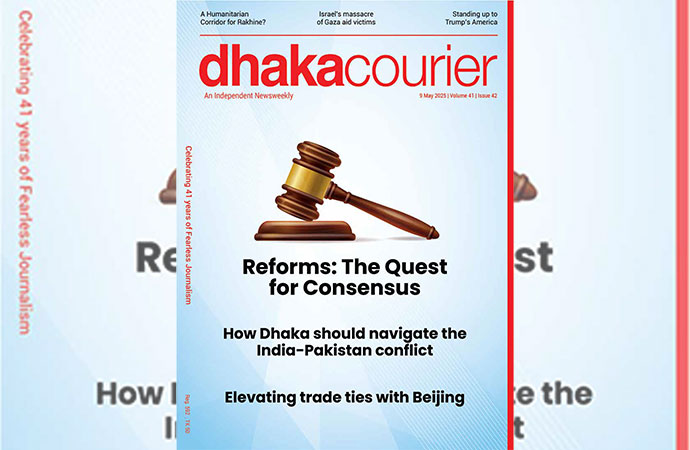

Leave a Comment
Recent Posts
Enayetullah Khan to represent ...
Enayetullah Khan, Editor-in-Chief of United News of Bangladesh (UNB), ...
The tragedy in Ahmedabad touch ...
Air crashes are inherently international incidents, and the emotions t ...
Asset recovery a key focus; breakthroughs from talks ..
'It'll inspire youths to build Bangladesh they dream ..
UK envoy Sarah Cooke happy with Yunus’ visit to Brit ..
Prof Yunus honoured with prestigious Harmony Award b ..